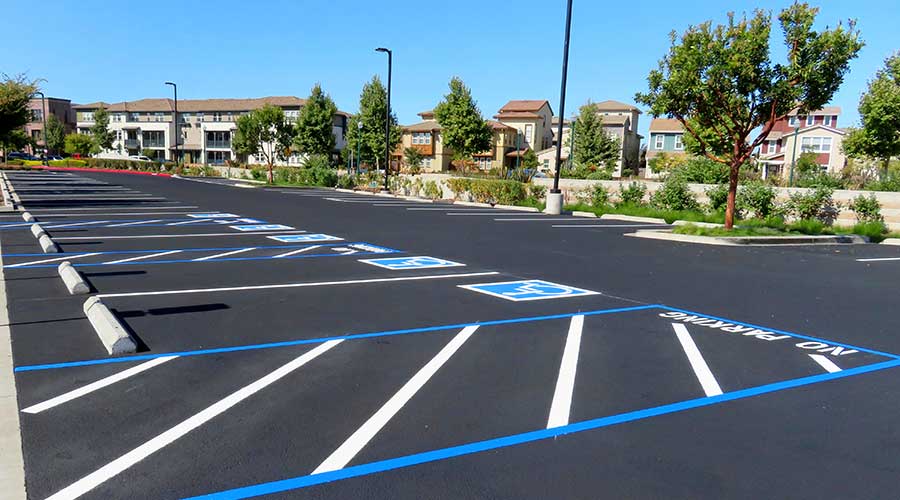A successful pavement management program encompasses four key elements: planning, design, construction, and maintenance.
In their NFMT Remix presentation, Troy Kasier and Elise Schmidt from Benchmark stress the importance of proper planning and regular maintenance, which can prevent costly repairs and extend the life of pavements significantly. Their strategy is summarized as “right design, right installation, right maintenance.” A well-designed and properly installed pavement must be maintained regularly to retain its value and extend its lifespan.
Maintenance can be reactive or preventive. Reactive maintenance addresses immediate issues like potholes, while preventive maintenance involves proactive, scheduled actions to preserve pavements. A key recommendation is to invest in maintaining the best pavements first. This strategy ensures that newer pavements stay in good condition longer, delaying the need for costly reconstructions.
To establish an effective preventive maintenance program, facility managers should practice regular pavement inspections — observing cracks, patches, and potential failures — starting as early as the fourth or fifth year of a pavement’s life.
Preventive maintenance efforts such as crack sealing and patching during the early stages of pavement life significantly slow deterioration. For example, beginning maintenance early in a pavement’s life can delay costly overlays by four years, while deferred maintenance accelerates deterioration and increases expenses.
Other maintenance efforts, including structural overlay, drainage structures, signage, pavement marking and car stops are also covered.
Log in to start watching today. Continuing education credits are available. Not a member? Join today.





